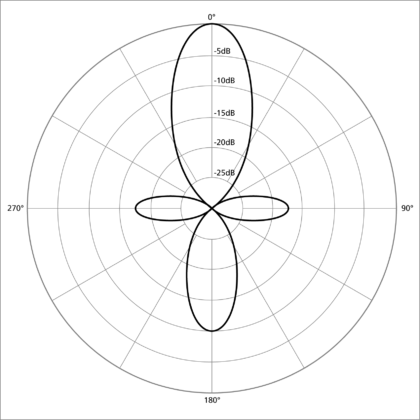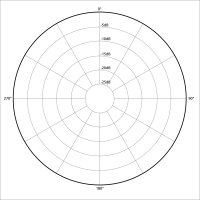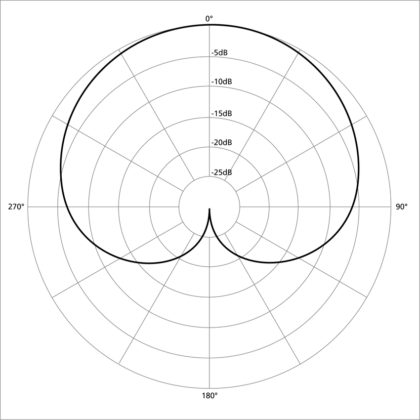Understanding Microphone Patterns
Which patter of microphone is best for your application
In the last post, I discussed the two main types of microphones dynamic and condenser. Both of these types of microphones can have different patterns. Patterns describe how the microphone is sensitive to sound waves in relation to the space surrounding the capsule. Is it sensitive all around the microphone like a globe or just in front of it like the spray of buckshot from a shotgun.
A helpful analogy that’s very imperfect might be a wide lens vs a telephoto lens. Some lens designs are better for some applications and some not so great. For instance a shotgun microphone will be better a picking up sounds further away while an omni directional microphone will work better closer to the sound source. This is true in most situations but not all.
Let’s take a look at some of the more common microphone patterns.
First off, let’s look at the shotgun microphone. This is probably the first microphone a filmmaker becomes acquainted with. It’s the one you might see dangling at the end of a very long boom pole following the talent in a movie production. This pattern has some wonderful directional attributes. It’s good at what we call side rejection. It hears less of what’s happening on the side of the microphone and more of what’s happening in front of the microphone. Unfortunately this comes with some compromises. For instance it also tends to pick up noise behind the microphone which is why the sound mixer often hears an airplane several seconds before anyone else on set. This can also be not so great shooting documentary in a crowd or shooting at a noisy press event. They also can sound horrible in a reverberant space and be less forgiving when the boomwork isn’t spot on. If the boom operator isn’t panning very quickly between speakers dialog will sound “off axis” or unnatural. There are different types of shotgun microphones with longer and shorter range that use the “interference tube” design recognizable for the slots down the side which help with the side rejection. An example would be the venerable MKH-416 short shotgun and it’s big brother the MKH-816. There are also mics like the Sanken CS3e that use a hybrid design utilizing the interference tube and some extra mojo that make it sound better in noisy environments.

The omni directional pattern is accepts noise from any direction equally. A speaker can speak into the microphone from any direction without experiencing and off axis effect. This can be a benefit when recording music performances in both controlled and uncontrolled environments. While this may seem a disadvantage in field production, many omni microphones are also dynamic microphones that experience rapid fall off and actually work fairly well in noisy environments. A great example of this is the Electro Voice RE50 that’s used by TV news journalists all around the world. Another very popular Omni Dynamic microphone is the Shure SM58 which may be the most popular live music and performance microphone ever made.

One of the best microphone patterns for recording dialog indoors is the super cardioid microphone pattern. This microphone has better rear rejection than a shotgun and therefore usually works better in open reflective locations. Schoeps makes a very popular cardioid microphone capsule the MK41 and Sennheiser makes the very popular MKH-50. There are variations on the cardioid pattern including they hyper and super cardiod. They all serve their purpose and sound better in certain circumstances like booming dialog or interviews inside an enclosed space.

If you need advice on choosing the proper microphone for your next project please feel free to contact us for consultation. We’re happy to discuss your next project with you.
Posted on: February 13, 2019, by : Jimmy Gilmore